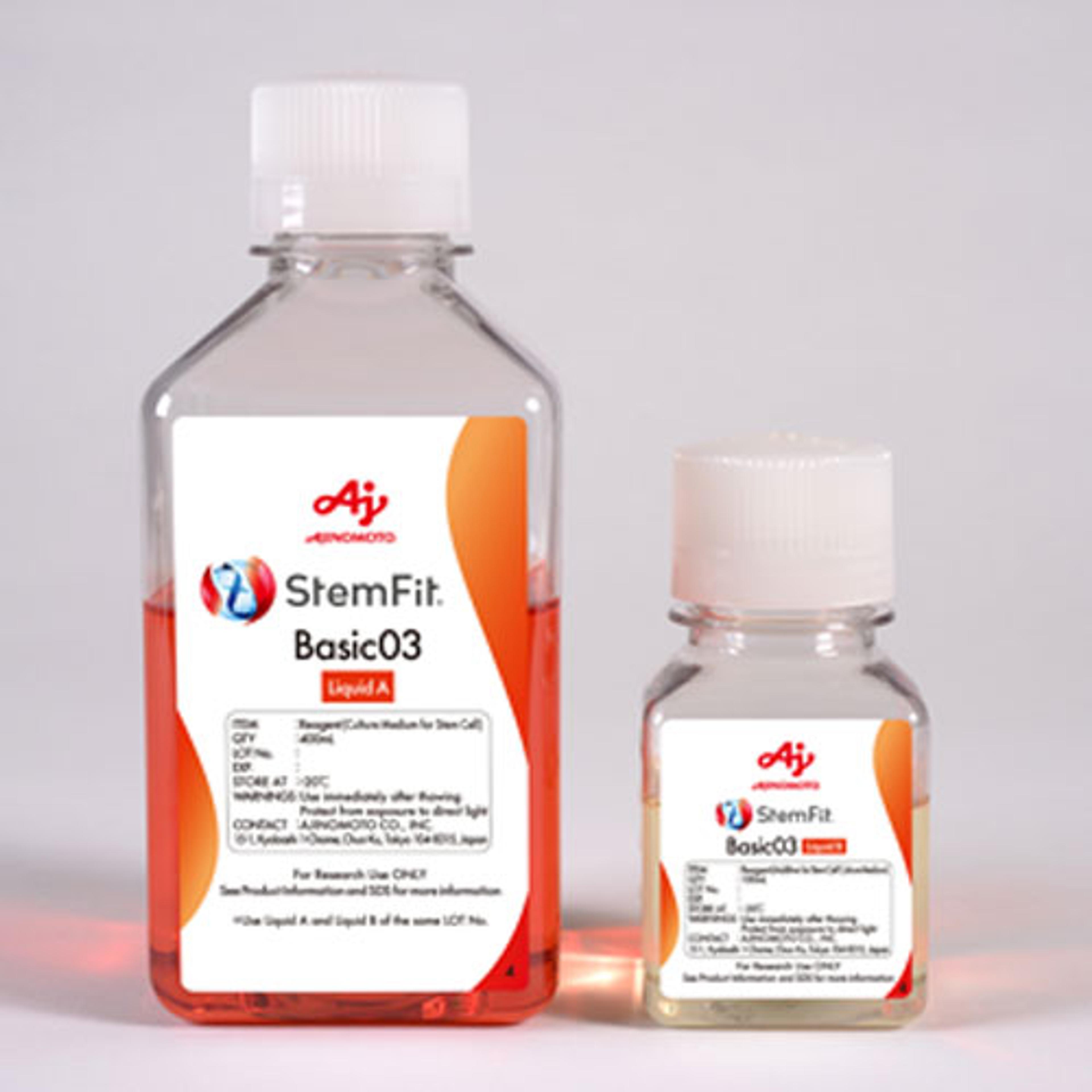Developing an iPS cell therapy for genetic skin disease
Stanford University researchers reproducibly grew clinical-grade iPSC’s in search of a new treatment for rare genetic disease
13 Sept 2022
AMSBIO has published an interview with Professor Marius Wernig from Stanford University, Pathology Stem Cell Institute that discusses what could be the world’s first widely applicable curative treatment for Epidermolysis Bullosa (EB).
This rare genetic disease causes chronic and incredibly painful skin wounds that often lead to an aggressive form of skin cancer and eventual death.
While various cell-therapy approaches have been attempted, Professor Wernig and collaborators identified the need for induced pluripotent stem cells (iPSCs), and how they could be used to treat EB in a more efficient, applicable, and commercially viable manner.
In the past, the only way Professor Wernig’s research group could grow iPSCs cells with a normal karyotype over longer periods of time was on mouse feeder cells with serum. This combination of mouse cell co-culture and undefined bovine serum set was not a suitable methodology as it was almost impossible to perform in compliance with FDA safety standards.
Professor Wernig describes how StemFit® Basic03 clinical grade stem cell culture medium, available from AMSBIO has allowed his research group to safely expand their cells using an FDA-compliant protocol. While there are still hurdles to climb before a cure for EB is fully realized, using StemFit® Basic03 has solved the challenge of reproducibly growing clinical-grade iPSC’s.
Completely free of animal- and human-derived components StemFit® Basic03 provides highly stable and reproducible culture conditions for Induced Pluripotent Stem and Embryonic Stem cells under feeder-free conditions during the reprogramming, expansion, and differentiation phases of stem cell culture. StemFit® Basic03 combines high colony forming efficiency with lower than standard media volume consumption to offer cost-effective colony expansion when compared to leading competitors.

